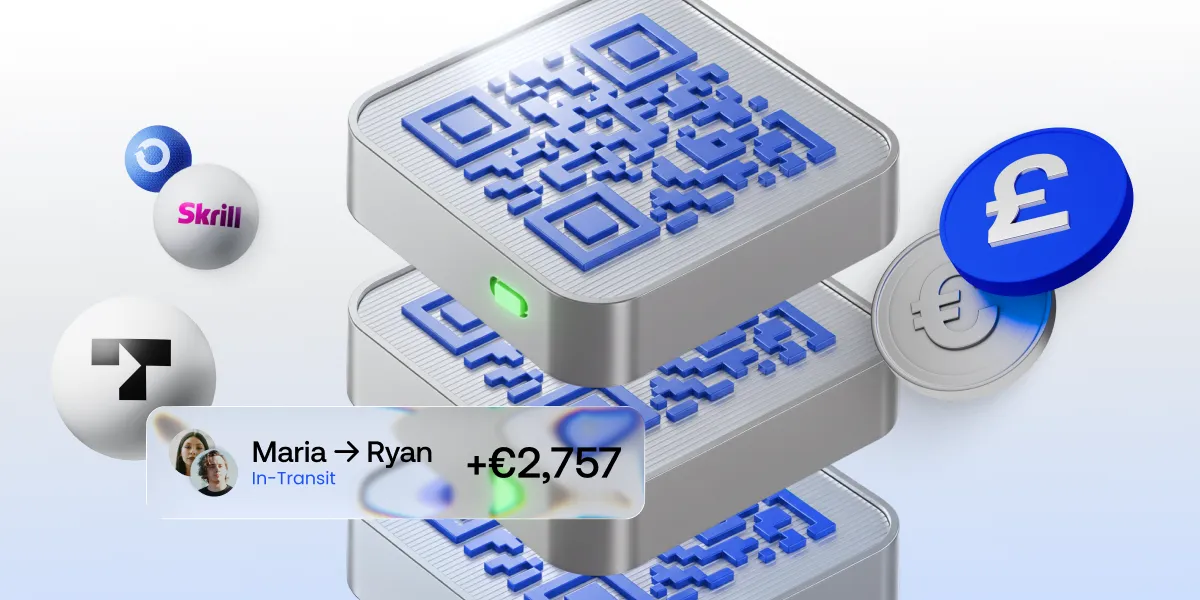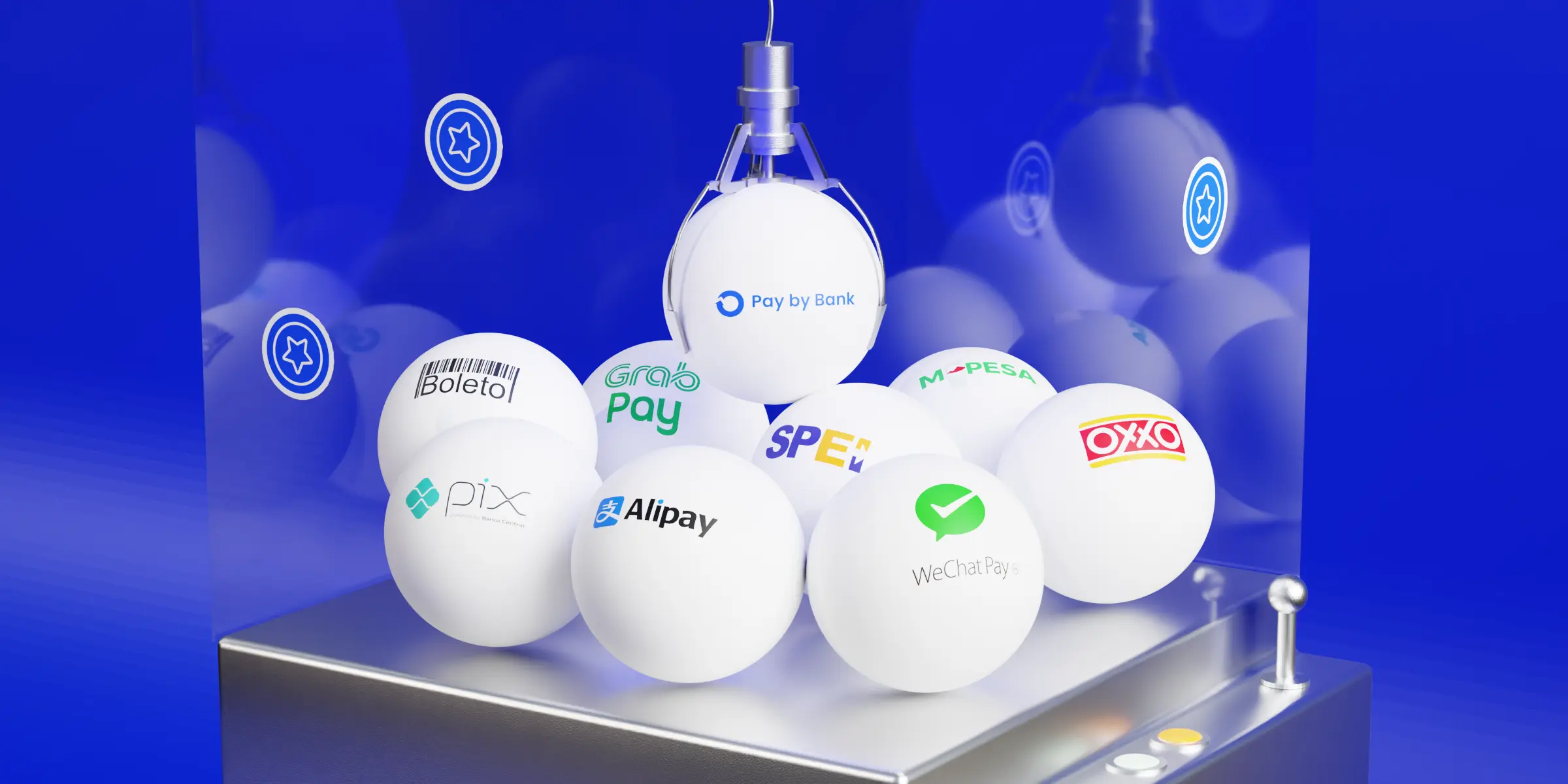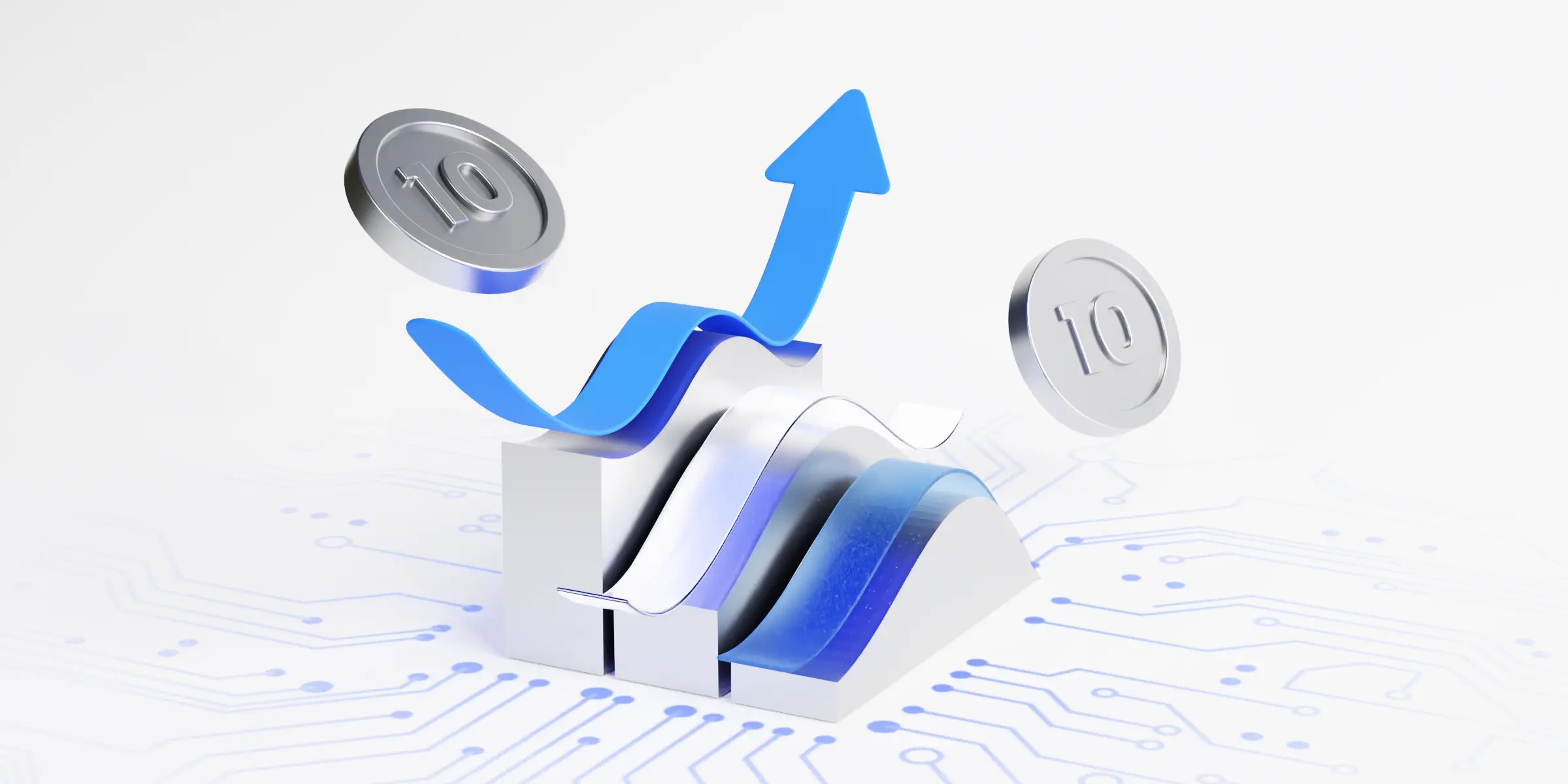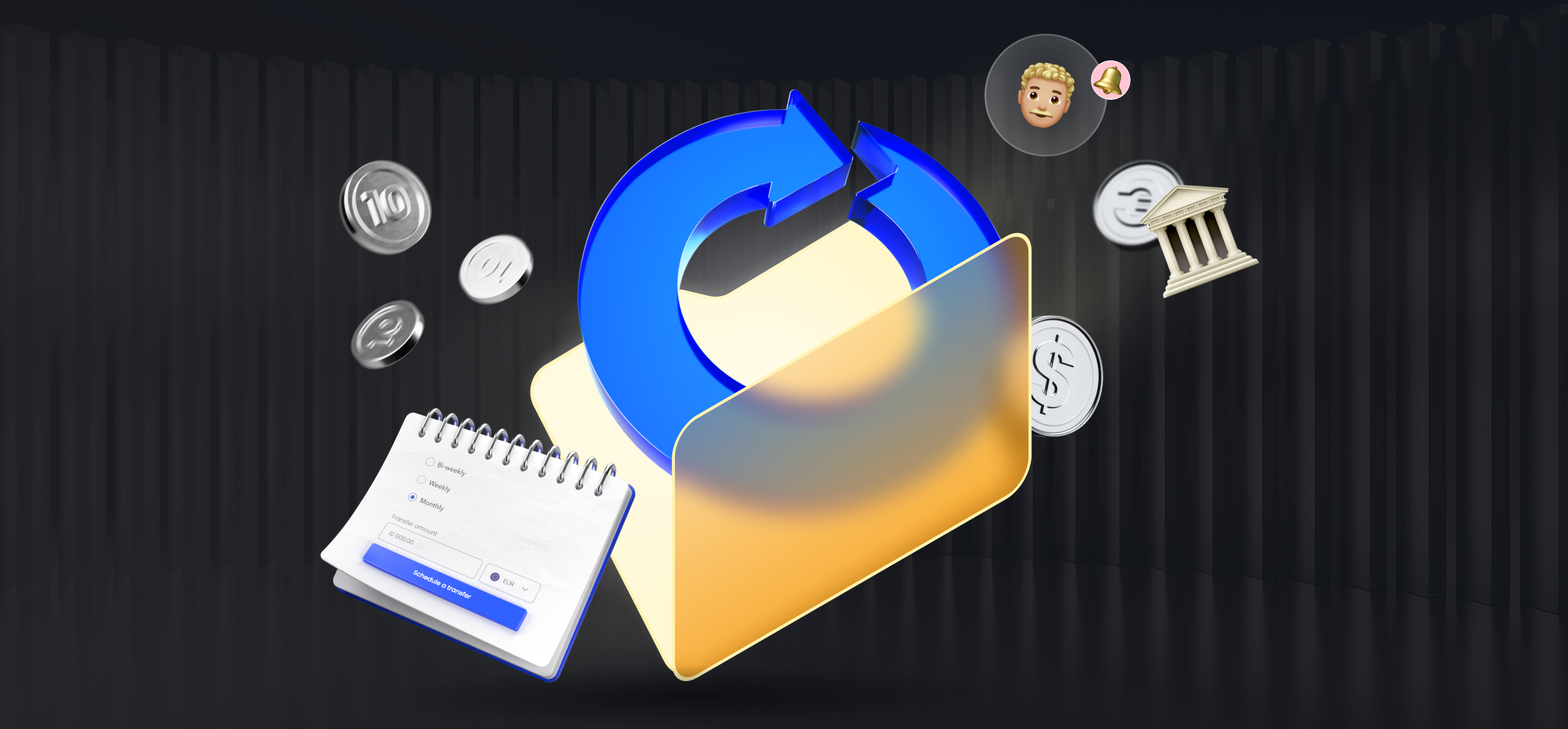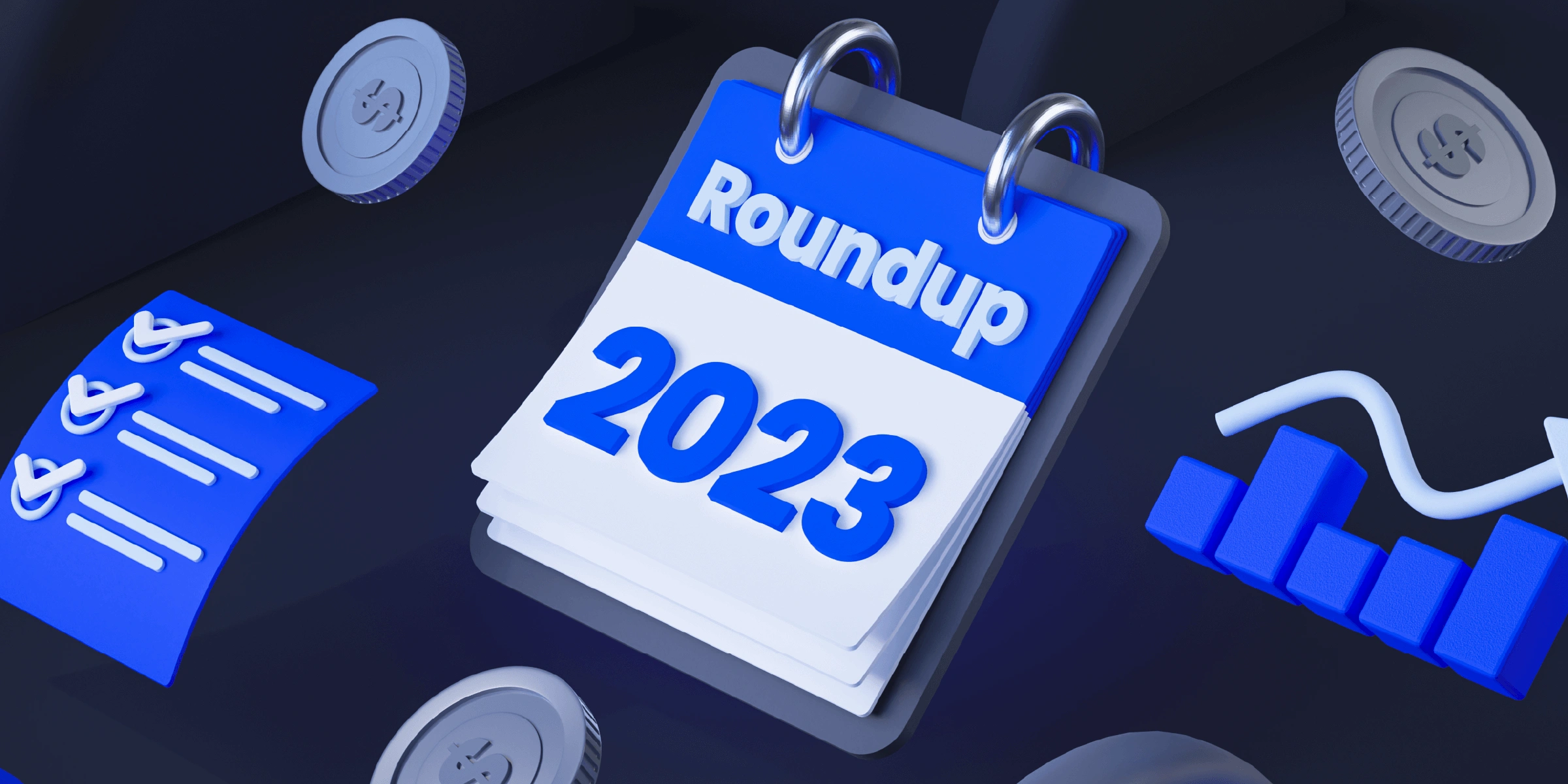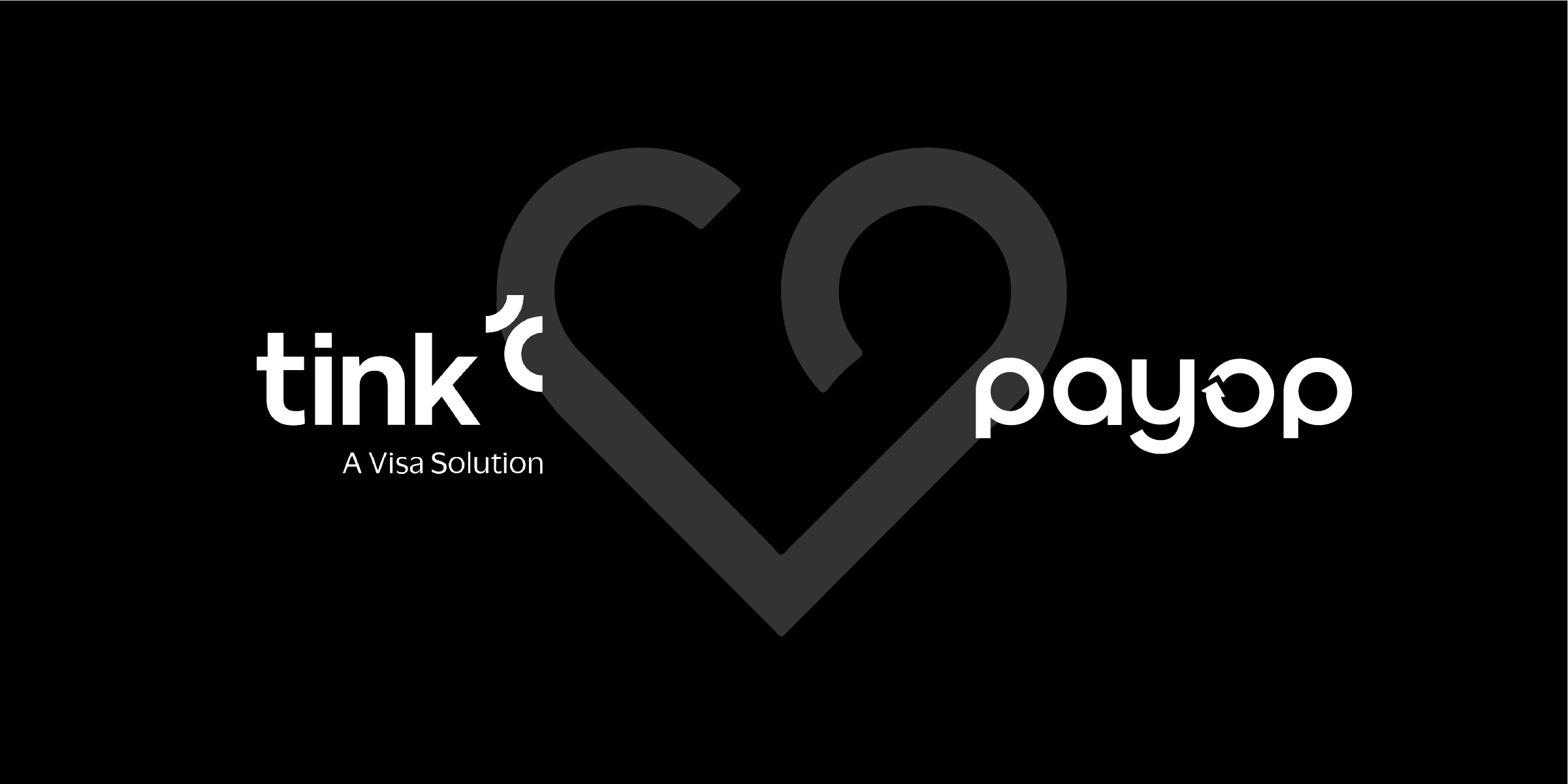How to optimise marketplace payments to boost your revenue
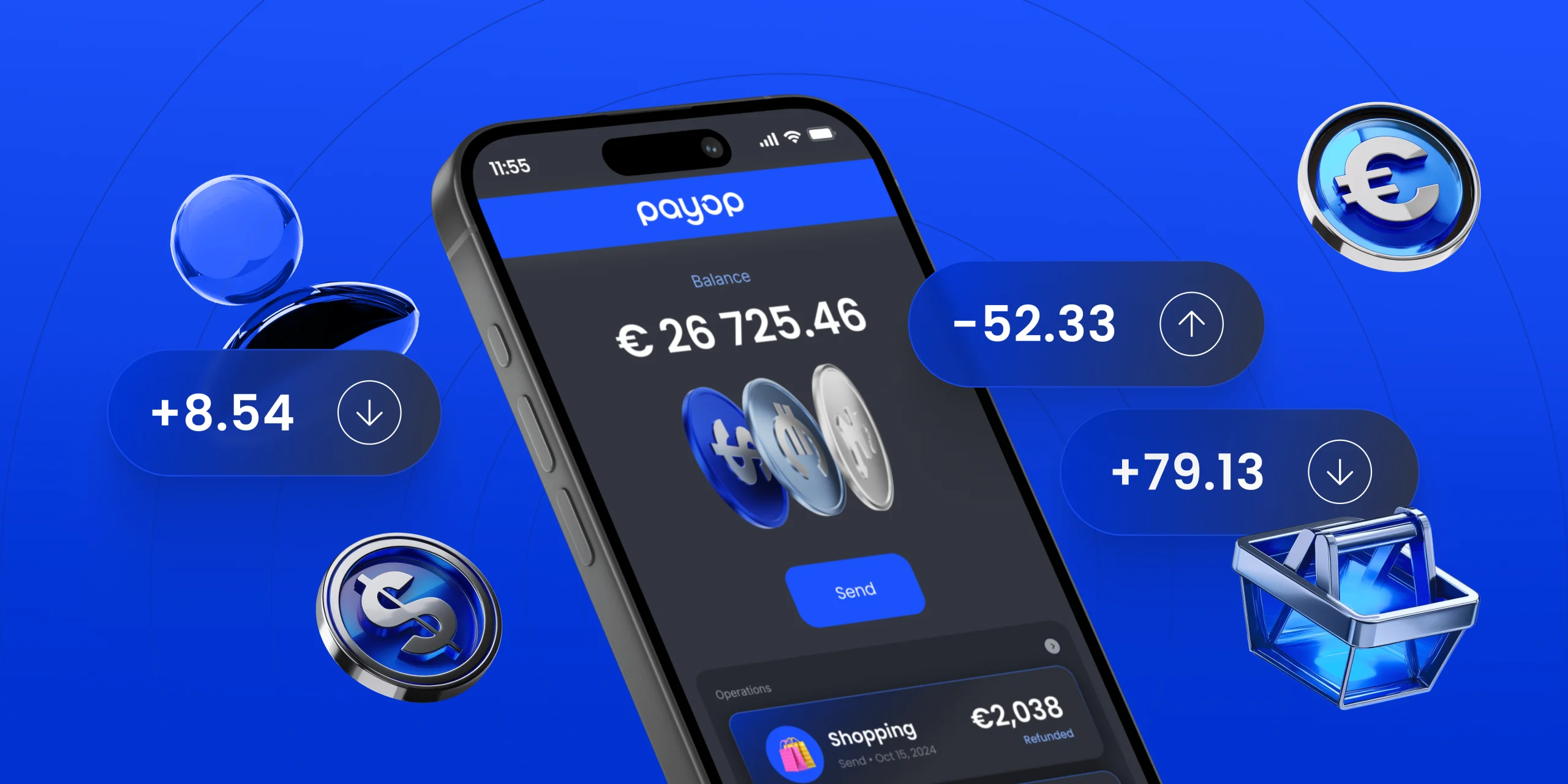
Marketplaces connect buyers and sellers across industries. For purchases to run smoothly, platforms should ensure an efficient and customer-friendly payment process. Optimised marketplace payments can improve user satisfaction, boost your platform’s growth and build trust with your audience.
Let’s explore how you can make the most out of your payment process to create a winning experience for everyone involved.
Why marketplace payments are important
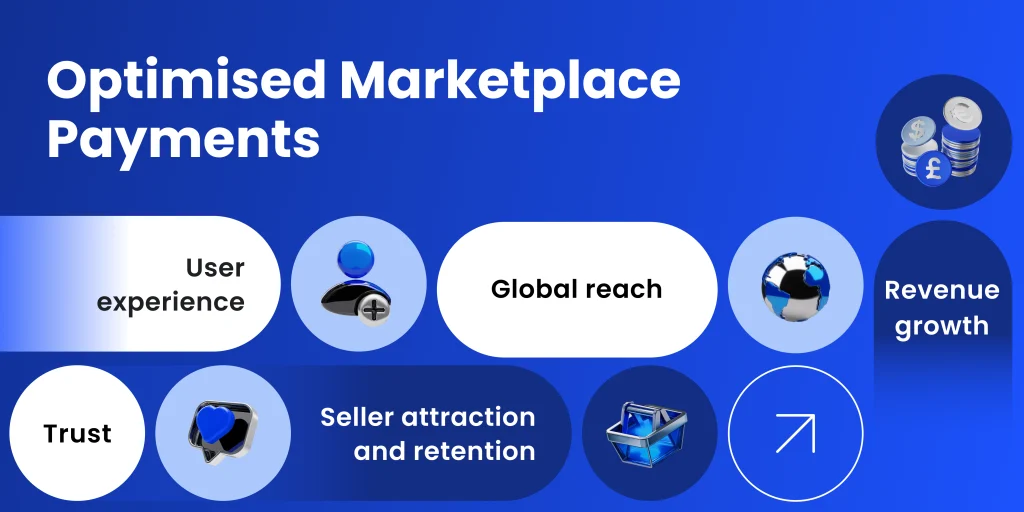
The payment system is the backbone of any marketplace platform. Without a smooth and secure payment process, even the most well-designed platform can struggle to attract users or retain its audience. Here’s why marketplace payments are so critical:
- Trust: A reliable payment system builds confidence among users, making them more likely to engage with your platform regularly.
- User experience: Payments are the final step in the transaction journey, and any friction here can lead to abandoned carts or dissatisfied sellers. A smooth payment process ensures that both buyers and sellers can complete transactions effortlessly, leading to better retention and higher user satisfaction.
- Revenue growth: The easier it is to pay, the more likely users are to complete their transactions. By providing multiple payment methods and optimising for speed and security, you can boost your platform’s overall conversion rates and drive revenue growth.
- Seller attraction and retention: Efficient payouts, flexible payment options, and cross-border support make your platform more appealing to sellers, helping you attract merchants and keep them loyal to your platform.
- Global reach: With the rise of cross-border e-commerce, marketplace platforms are increasingly catering to international buyers and sellers. A payment system that supports multiple currencies and localised payment methods is essential to ensuring a smooth experience for users worldwide.
The specifics of marketplace payments

Marketplace payments differ from traditional e-commerce transactions because they involve multiple parties – buyers, sellers, and the platform itself. This adds complexity to the payment process, requiring specific features to keep everything running smoothly.
Here are a few key aspects to keep in mind:
- Split payments: Marketplaces often need to distribute payments between multiple sellers or service providers. This requires a system that can automatically split payments at checkout, ensuring each party receives their fair share.
- Escrow services: In some marketplaces, funds need to be held in escrow until the buyer confirms that the product or service has been delivered. This is especially common in freelance, service-based, or high-ticket marketplaces where trust is critical.
- Payout management: Sellers often expect prompt and flexible payouts. Marketplaces must be able to handle mass payouts efficiently, ensuring that sellers receive their earnings on time in their preferred currency.
- Multi-currency transactions: Supporting transactions in multiple currencies is essential if your marketplace operates internationally. Not only does this involve currency conversion for buyers, but you’ll also need a solution for paying sellers in their local currencies.
Tips for marketplace payments
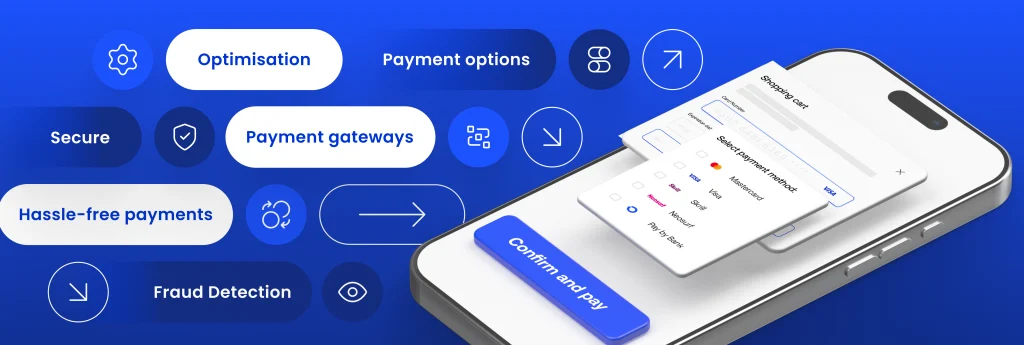
Setting up marketplace payments for your platforms requires you to consider several factors:
1. Offer a variety of payment options
People love choice, especially when it comes to how they pay. A great way to start optimizing your payments is by offering several payment methods to suit your users’ preferences. You’ll want to cater to different demographics and regions, so be sure to include options like:
- Credit/Debit cards: Still a go-to for many, with a reliable user base.
- Digital wallets: Used for quick, tech-friendly transactions, especially made using smartphones.
- Pay by Bank methods: Preferred for the high transaction security and lower fees.
- Buy Now, Pay Later (BNPL): Fast-growing, especially among younger generations, who love flexibility and control over their spending.
2. Choose secure payment gateways
Trust is a big deal when money is involved. Integrating secure payment gateways is the easiest way to ensure users feel safe on your platform. Look for gateways that offer:
- Encryption: So sensitive information stays safe.
- Fraud detection: Identifying fraudulent activities before they cause damage.
- Tokenization: Converting payment data into secure tokens to reduce risk.
3. Make payouts hassle-free for sellers
For a marketplace platform, keeping your sellers happy is just as important as making buyers comfortable. Quick, reliable payouts can go a long way in maintaining good relationships with your sellers. Here’s how to make it happen:
- On-demand payouts: Give sellers the option to get paid instantly or on a scheduled basis.
- Multi-currency support: If you have international sellers, offering payouts in their preferred currencies can help reduce currency conversion hassles.
- Automation: Automated payouts mean fewer errors and faster processing, keeping everything running smoothly.
4. Support cross-border payments
Marketplaces are becoming increasingly global, meaning you need a payment system that handles cross-border transactions like a pro. To optimise international payments:
- Multi-currency payments: Make it easy for buyers to pay in their currency and for sellers to receive funds in theirs.
- Localised payment methods: Depending on the region, certain payment methods, like OXXO in Mexico or Alipay in China, may be more popular.
- Compliance support: Ensure your platform stays compliant with international regulations.
5. Optimise for mobile payments
With more people shopping and browsing on their smartphones, your platform must be mobile-friendly. To cater to mobile users, ensure your payment system includes:
- Responsive design: Your platform should be easy to navigate on any device.
- One-tap payments: Integrate options that allow payments without data entry, like Pay by Bank.
- Mobile wallets: Make sure your platform is compatible with popular mobile wallets used in different regions.
Marketplace payment trends to watch

Keeping up with the latest payment trends is crucial to ensure your marketplace stays competitive. Here are some of the biggest trends currently shaping marketplace payments:
- Buy Now, Pay Later (BNPL): BNPL is becoming a go-to option for marketplace platforms, allowing buyers to split payments into smaller, interest-free instalments. This trend is particularly appealing to younger consumers and is helping to drive higher sales conversions.
- Cryptocurrency payments: With the growing popularity of Bitcoin and other digital currencies, many marketplaces are beginning to offer cryptocurrency payment options. These transactions can offer lower fees and faster processing, especially for cross-border payments.
- Embedded payments: Platforms increasingly embed payment systems directly into their interfaces, allowing users to make payments without being redirected to third-party gateways. This frictionless experience enhances conversion rates and user satisfaction.
- AI-powered fraud detection: As fraud becomes more sophisticated, platforms are adopting AI-based systems to detect and prevent fraud in real time. This is especially important for marketplaces that handle high volumes of transactions and involve multiple parties.
Optimise your marketplace payments with Payop
Optimizing marketplace payments is essential for boosting trust, enhancing user experiences, and driving growth. By partnering with Payop, you can simplify this process. With over 450 payment methods, multi-currency support, and robust fraud protection, Payop ensures your platform offers a seamless and secure payment experience for both buyers and sellers. Whether you’re looking to expand globally or streamline payouts, Payop has the tools to help your marketplace thrive.
Contact our team at sales@Payop.com to unlock the full potential of your marketplace!

